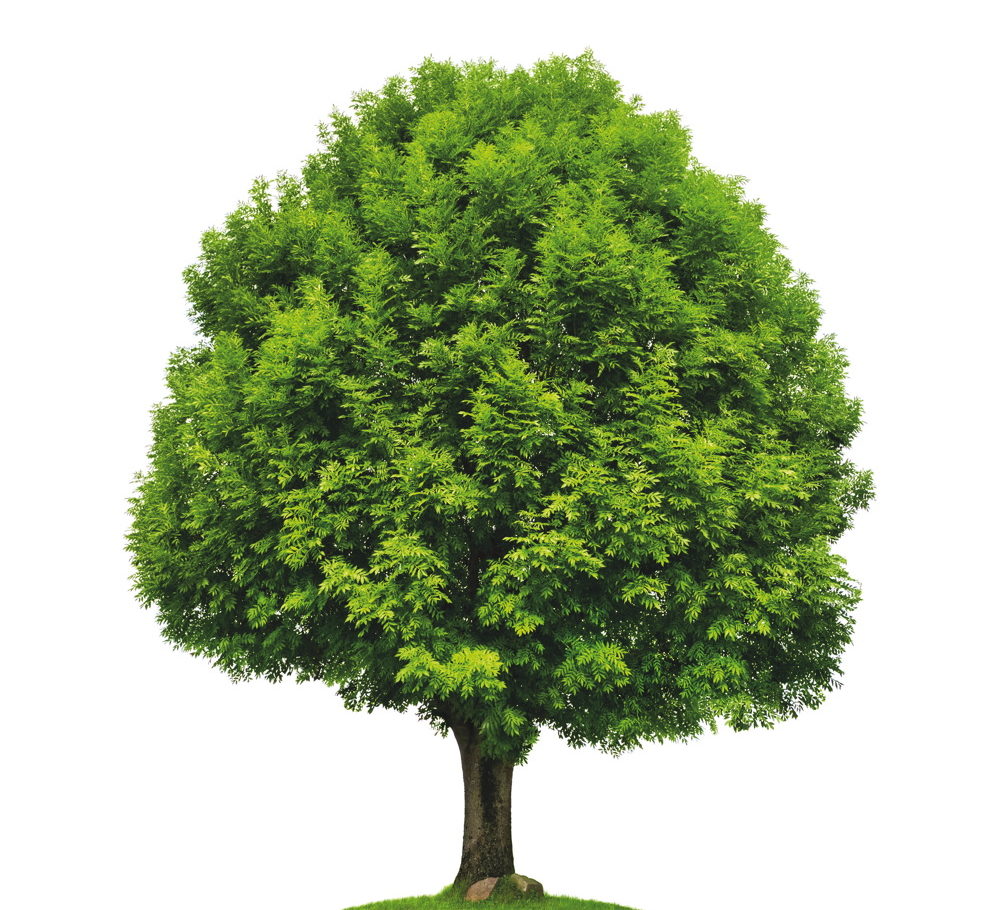I grew up under an ash tree. Many of us did. It is the third most common tree species in the UK (after oak and birch) and it grows almost everywhere on this island. Partly because of this, and partly because the timber has several outstanding qualities that make it versatile, ash is the tree species with which humankind has been most intimate from the time of the earliest Neolithic carpenters until a few decades ago. We have used ash through the ages to make tool handles, chairs, ladders, boat tillers, walking sticks, catapults, ploughs, harrows, canoe paddles, tennis rackets, sledges, snowshoes, baseball bats, snooker cues, the rims of wooden wheels, cart axles, the frames of cars, bicycles, arrow shafts and spears. That’s just the beginning of it: the list goes on and on.
And now this selfless tree species is under threat. The disease called ash dieback has already caused havoc in many European countries. On average, 70 per cent of trees are infected across the Continent, with disastrous effect. The disease is stealthily creeping across the UK. At some point in the next few decades, it’s coming to a woodland near you. Then there is another, even greater threat: the emerald ash borer beetle was introduced to North America in 2002 by mistake and it has already killed well over 100 million ash trees there. Can we keep the beetle out of “this fortress built by Nature for herself”? Unlikely.
The spread of tree pests and pathogens is nothing new. When international trade increased exponentially in the 19th century, plant and tree blights inevitably followed. Pests and diseases that had co-evolved with species of trees in one place over time wreaked ruin when they were introduced to new, un-adapted hosts in other parts of the world. In the early 20th century, rich countries instituted bio-security regimes and the incidence slowed. Across Europe, the infection rate picked up again around 1970, most likely due to the effect of economic integration. Today, the spread of new pests and pathogens around the world is gathering pace again, as the volume and speed of international trade and human movement increases. In fact, the globalisation of diseases is now thought to be the greatest threat to the world’s trees and forests, greater even than climate change.
Until recently, ash was considered by many to be a tree of the future. Unless we are prepared to act now – to improve plant pathology and international bio-security, initiate measures that anticipate and protect against new pests and diseases, stop importing trees in huge numbers and, at the most basic, personal level, simply learn to value our trees again – ash will very likely, at some point in the 21st century, become a tree of the past.
Robert Penn is the author of The Man Who Made Things Out Of Trees (Penguin)







Leave a reply
Your email address will not be published.